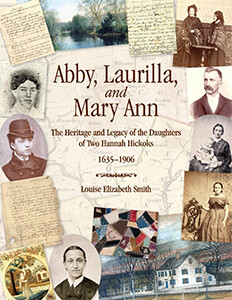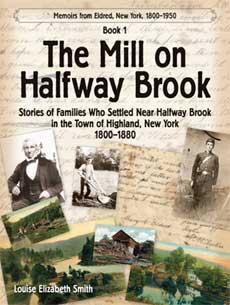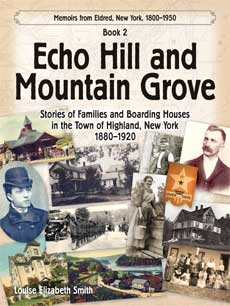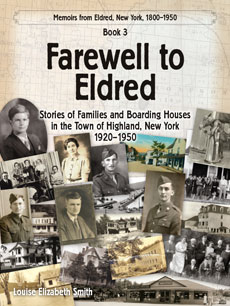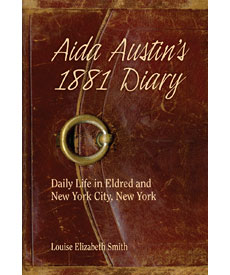
Asa Hickok, 1775: “In the fall of the year the men at Ticonderoga were attacked with fever and dysentery and many of them died. My brother Reuben was very sick. (He died two years later.)
“I was taken sick with a fever late in the fall. It rendered me unable to go north with the troops to Fort Saint-Jean (John) south of Montreal in Canada, where we had been ordered to march.
“Around December 1, at the start of winter, I was discharged from further service with a view to get to my brother’s who resided near the head of South Bay.”
As Asa Hickok headed home to South Britain, Connecticut, Henry Knox arrived in Ticonderoga.
Henry arranged for 80 yoke of oxen to haul 42 sleds with much of the captured British equipment, including 60 tons of cannons, mortars, and howitzers, to Massachusetts.*
On January 27, 1776 after too much snow, not enough snow, adding oxen, and hiring new workers, the cannons and arms arrived at Cambridge, Massachusetts. Washington used the captured artillery to end the eleven months the British had held Boston hostage.
On March 17, 1776, the British evacuated (left) Boston.—Abby, Laurilla, and Mary Ann, pp. 44, 45.
* wikipedia.org.


